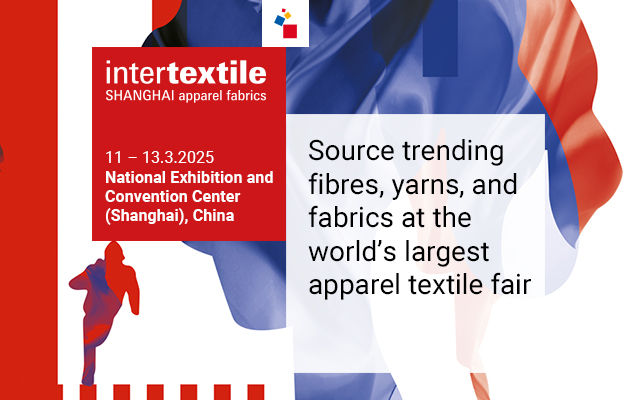Sustainability has always been one of the major concerns for the fashion industry. And consumers are taking it more seriously than ever before.
Do you know why?
“The fashion industry is the second-largest consumer of water, producing 20 percent of wastewater, while also generating more greenhouse emission. Besides, it consumes more natural resources than all international flights and maritime shipping combined.”
Conventional printing processes of dyeing and printing fabrics put enormous strains upon the environment and the raw resources of the countries they are operated in.
And that’s a big concern for the planet!
The textile industry is looking forward to digital printing to overcome the problem faced in conventional printing. Currently, digital print is measured at 5-7 percent of the global textile print marketplace. The journey has begun!
Digital printing is the future of textile printing. Fundamental drivers that are fueling the growth of digital textile printing across the globe are:
- Sustainability
- Speed
- Flexibility
- New emerging markets
“Add Sustainable Colors to Your Clothes”.
Although, digital print cost more than conventional rotary print, yet it’s all-set for massive growth. The digital textile market is predicted to grow at 18 percent in the next 3 years across the globe.
Doubtlessly, the most significant change lies within the consumer’s behavior.
The Eco-Conscious Consumers
The entire power of the textile and fashion industry is in the consumer's hands. Consumers are no more settling for what brands are manufacturing, instead brands are manufacturing what consumers are demanding.
And consumers are demanding sustainable fashion!
Today’s generation is against mass production. As a new generation of eco-conscious consumers wield their buying power, and the textile marketplace has had to revamp the entire structure.
Many apparel brands are implementing digital printing technologies –an eco-friendlier process that doesn’t compromise performance and quality. A shift from the analog printing process to digital shows a huge impact on natural resource consumption and utilization.
To meet the growing needs of consumers and the preservation of the planet, the textile printing marketplace greatly needs to standardize the entire printing process.
HP is aiding the textile printing industry by offering S series printers – HP Stich S500, HP Stich S1000. All these printers are based on the dye sublimation concept. Dye-sublimation is the eco-friendliest process of printing in apparel printing and production.
Dye-Sublimation produces ZERO waste!
Curious to Know How It Works?
Digital Textile Printers Can Save On Cost
Conventional printing machines were slow and unstable, offering a solution for product sampling and nothing more. While digital print is a viable alternative that offers incredible versatility and addresses the commercial needs of a marketplace simultaneously.
Moreover, Digital textile printing has an extraordinarily low consumption of electricity. It takes around only 3.5 percent of the screen-printing energy while the usage of water is paramount.
Digital textile printing has numerous valuable advantages and can save on costs.
-
Low labor costs
-
No Screen engraving costs
-
A longer life spans of printheads
-
A Shorter turnaround times
-
A decrease in ink usage
- Use no water and less electricity
In dye sublimation printing, there is no water used as the dyes are cured using a combined pressure and dry head process that does not require water at all.
Interested to know more?
The Clean Future
Digital textile printing is reshaping the entire textile printing industry with more innovative, creative and sustainable solutions. The textile industry can see digital printers as the future of prints.
Digital prints are the common demand of consumers, earth, and time. And the industry is going to boom in the future and make all of us proud by choosing digital printers over conventional printers.
The textile printing industry is all set to make fashion more sustainable and earth – a better place to live.












Comments